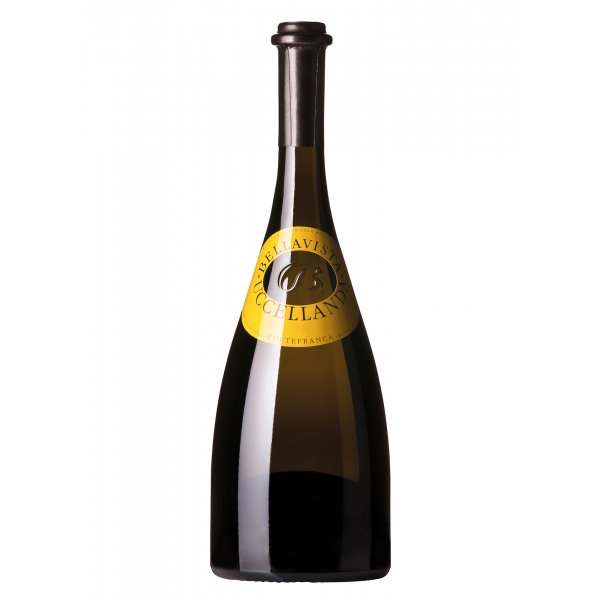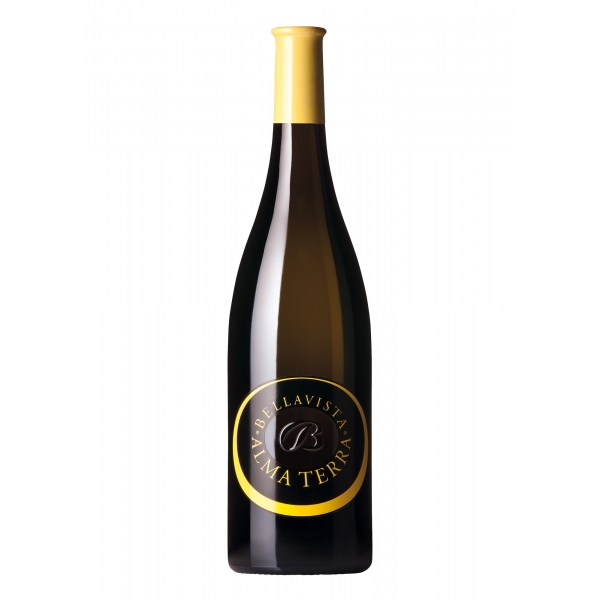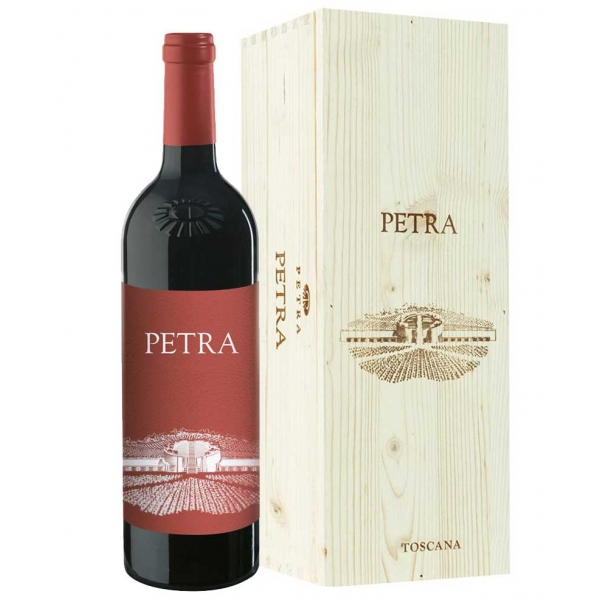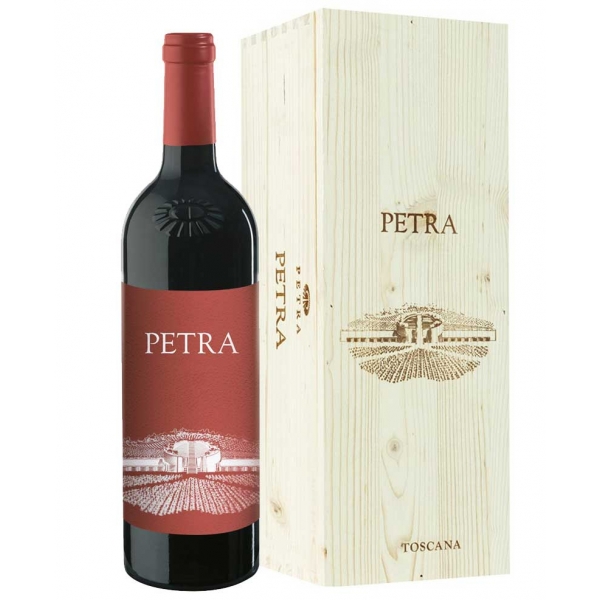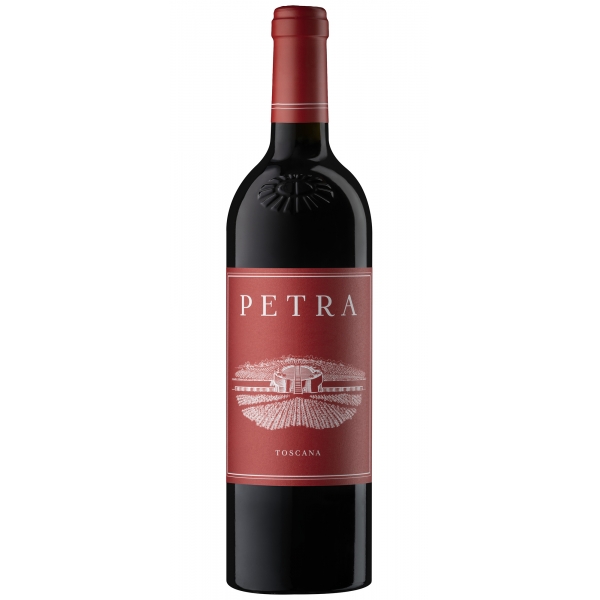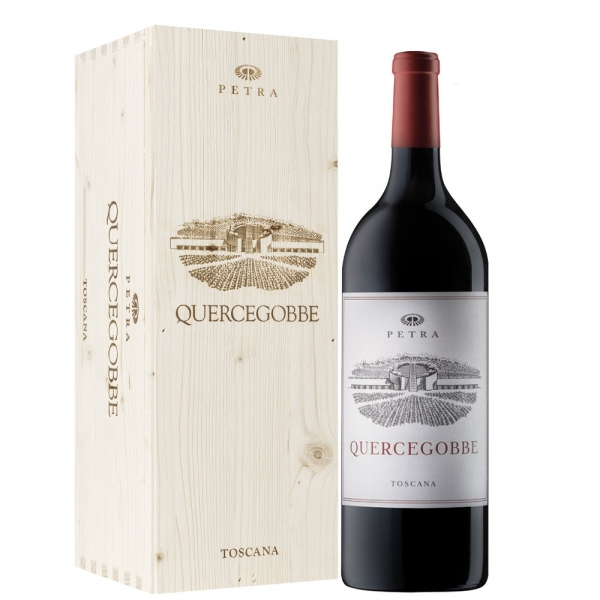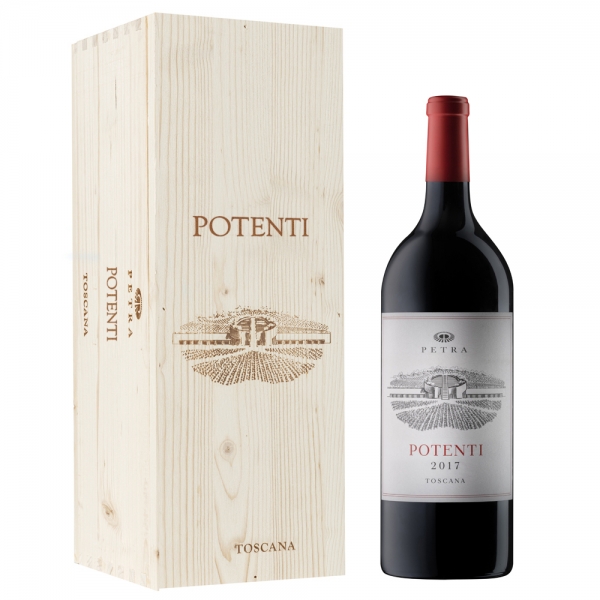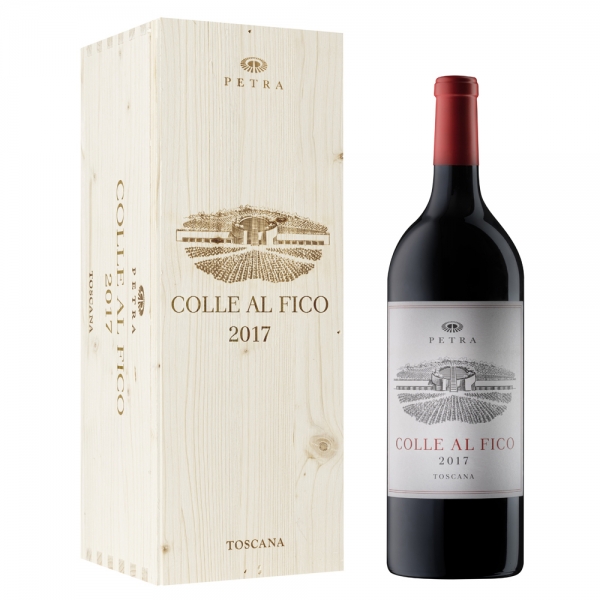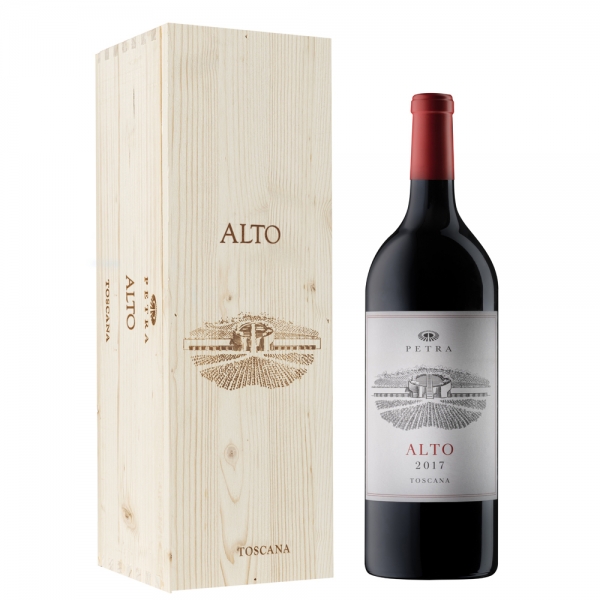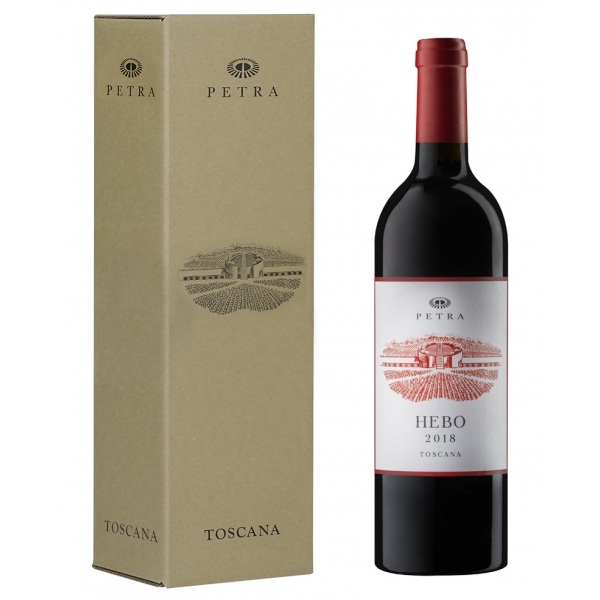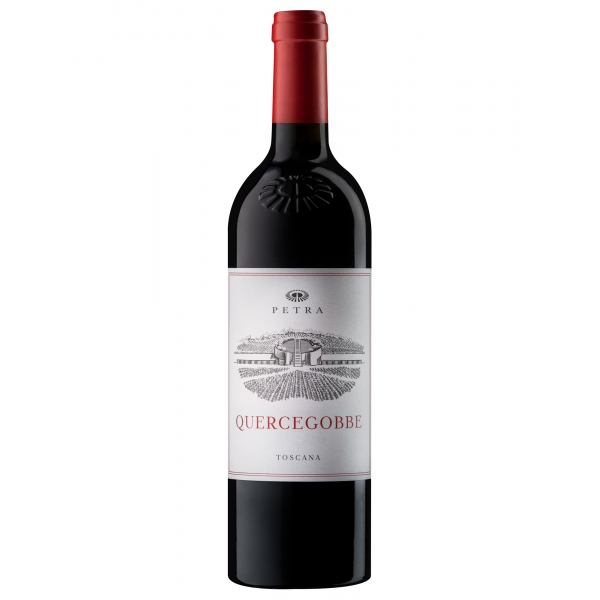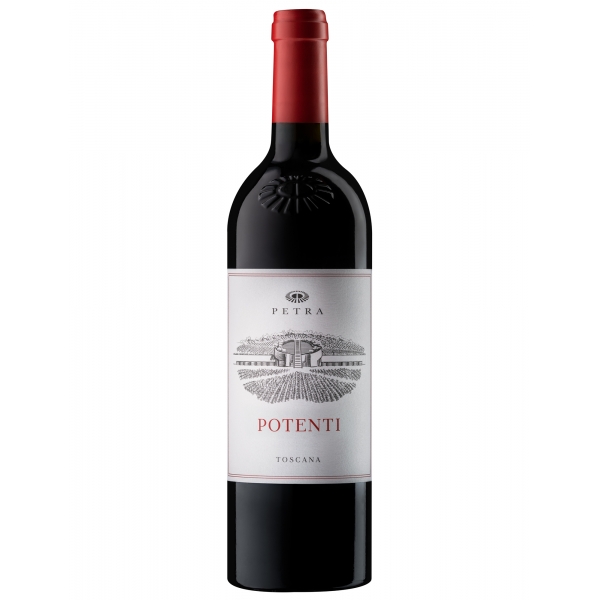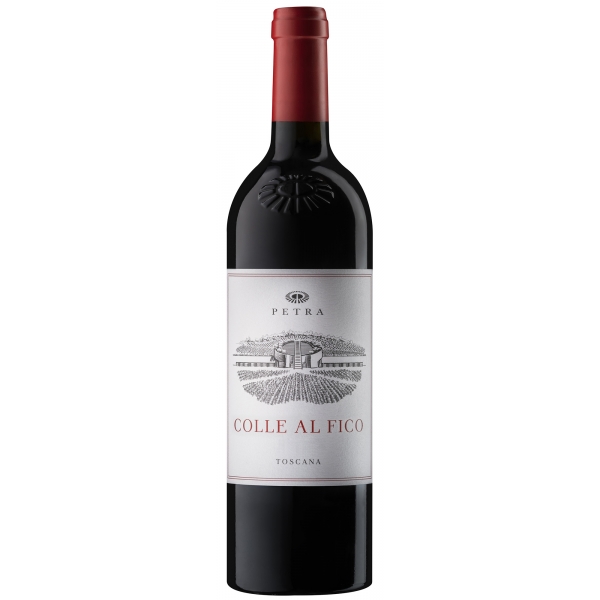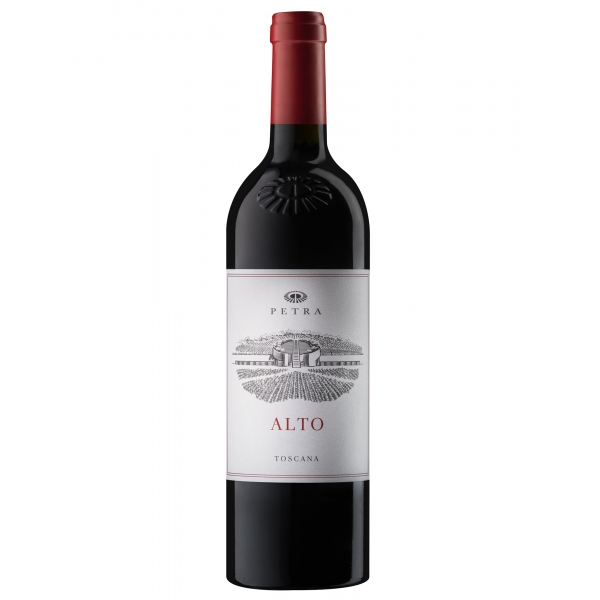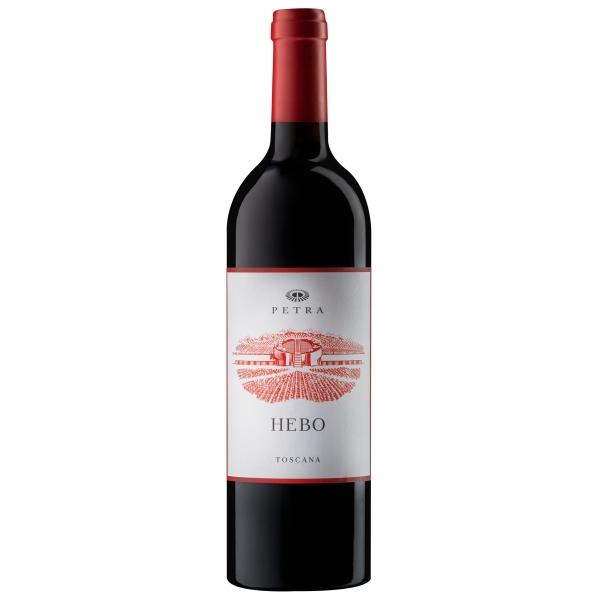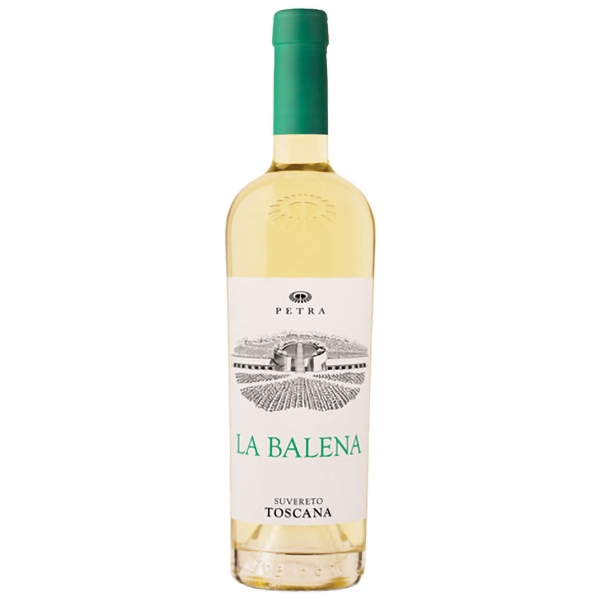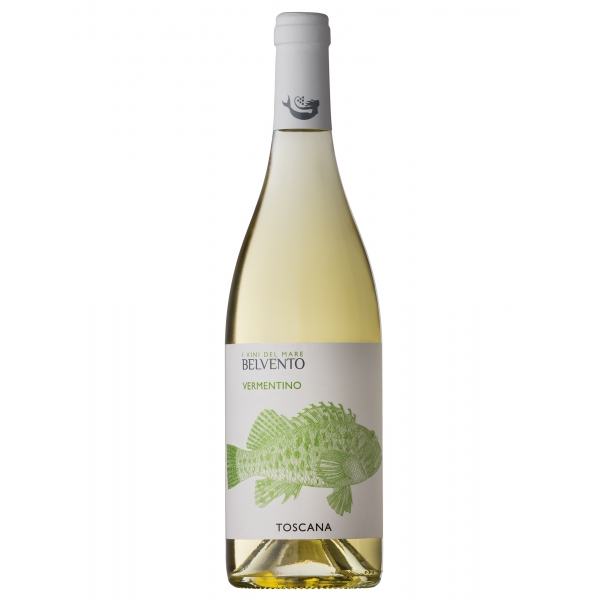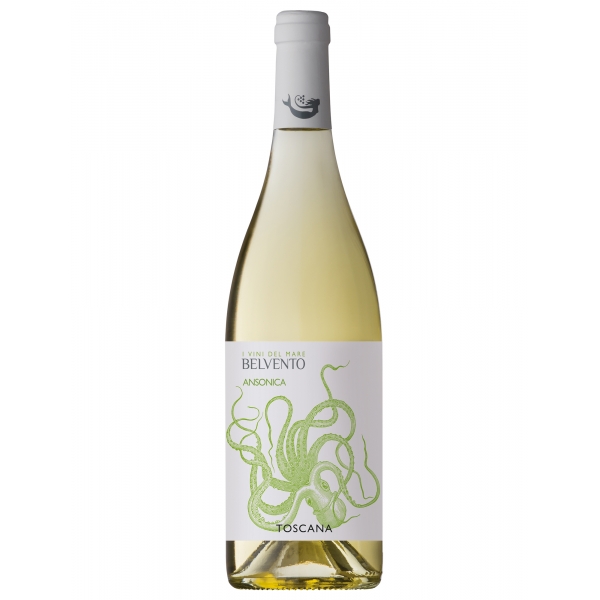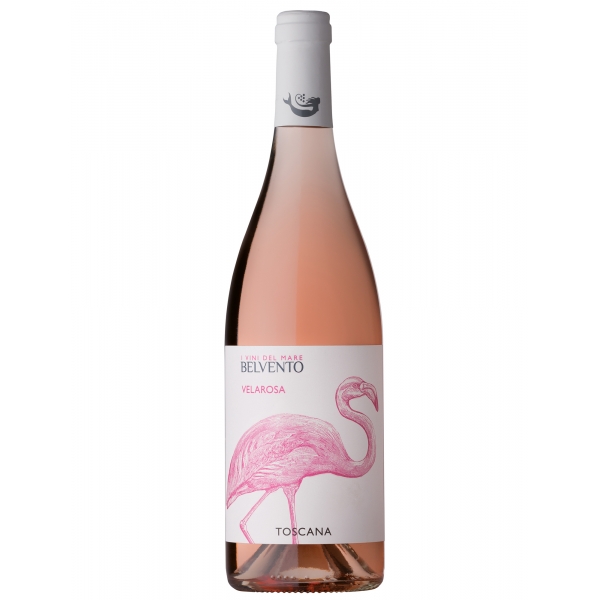No products
Wines
-
Bellavista - Curtefranca Vigna Uccellanda - Franciacorta - D.O.C. - White...
This wine takes its name from the vineyard where the grapes are harvested: 4.14 hectares at about 300 meters high, among the brightest and sunniest in Franciacorta. The substrate consists of glacial deposits rich in carbonate and characterized by sandy-silty granulometries, compacted with gravels from the load produced by the glacier.
34,50 € -
Bellavista - Curtefranca Alma Terra - Franciacorta - D.O.C. - White Wines -...
In Lucretius's De Rerum Natura, Alma is the name used to designate Venus who generates and gives life. A spirit that expresses the essence of Bellavista and his oenological style, embodied by this still white wine. A pure Chardonnay, a union of the characters of 4 distinct terraced vineyards, similar in terms of exposure, ventilation and texture.
16,90 € -
Bellavista - Grande Cuvée Alma Brut - Franciacorta D.O.C.G. - Half - Luxury...
Bellavista Grande Cuvée Alma Brut is an excellence of our understanding of Franciacorta. It is the maximum expression of a project that, since 1977, has set itself the goal of seeking the pure essence of harmony. Today, it is a symbol of a tradition that aims to represent, in quality and type, the most mysterious soul of the land of Franciacorta and the...
18,00 € -
Petra - Petra - D.O.C.G. - Magnum - Wooden Box - Red Wines - Luxury Limited...
Symbol of the project itself, so much so that it bears its name, Petra tells ancient stories with new words. Cabernet Sauvignon and Merlot grapes are harvested manually on soils chosen to enhance the characteristics of the vine and bring out its distinctive features. The same happens for cabernet franc, introduced in 2018, a variety that has found fertile...
120,00 € -
Petra - Petra - D.O.C.G. - Wooden Box - Red Wines - Luxury Limited Edition -...
Symbol of the project itself, so much so that it bears its name, Petra tells ancient stories with new words. Cabernet Sauvignon and Merlot grapes are harvested manually on soils chosen to enhance the characteristics of the vine and bring out its distinctive features. The same happens for cabernet franc, introduced in 2018, a variety that has found fertile...
48,00 € -
Petra - Petra - D.O.C.G. - Red Wines - Luxury Limited Edition - 750 ml
Symbol of the project itself, so much so that it bears its name, Petra tells ancient stories with new words. Cabernet Sauvignon and Merlot grapes are harvested manually on soils chosen to enhance the characteristics of the vine and bring out its distinctive features. The same happens for cabernet franc, introduced in 2018, a variety that has found fertile...
43,50 € -
Petra - Quercegobbe - D.O.C.G. - Magnum - Wooden Box - Red Wines - Luxury...
A real cru from which the Merlot grapes with which the wine is produced come. Quercegobbe is located in an ideal position, on the edge of the Mediterranean maquis but close to the cellar, on a well-ventilated hill overlooking the sea.
49,00 € -
Petra - Potenti - D.O.C.G. - Magnum - Wooden Box - Red Wines - Luxury Limited...
The vineyard from which the Cabernet Sauvignon grapes come from benefits from the balanced relationship between the clay component and the skeleton, as well as from the good slope of the soil.
42,50 € -
Petra - Colle al Fico - D.O.C.G. - Magnum - Wooden Box - Red Wines - Luxury...
Colle al Fico is one of the best crus of the company and takes its name from the toponym of the vineyard from which the syrah grapes with which it is produced come. The soil on which the rows rest is calcareous clay, well ventilated by the sea breeze.
49,00 € -
Petra - Alto - D.O.C.G. - Magnum - Wooden Box - Red Wines - Luxury Limited...
Alto represents one of the most marked expressions of the territory. Its geological and microclimatic characteristics are clearly expressed through a grape variety, Sangiovese, which has its chosen homeland in Tuscany.
44,50 € -
Petra - Hebo - D.O.C.G. - Magnum - Gift Box - Red Wines - Luxury Limited...
Name of an Etruscan settlement of very ancient origin, Hebo refers to the historical roots of Suvereto. It is produced with a classic blend of cabernet sauvignon, merlot and sangiovese, vines introduced in the area by Elisa Bonaparte Baciocchi, princess of Piombino since 1805 and enlightened woman of wine.
31,20 € -
Petra - Quercegobbe - D.O.C.G. - Red Wines - Luxury Limited Edition - 750 ml
A real cru from which the Merlot grapes with which the wine is produced come. Quercegobbe is located in an ideal position, on the edge of the Mediterranean maquis but close to the cellar, on a well-ventilated hill overlooking the sea.
21,50 € -
Petra - Potenti - D.O.C.G. - Red Wines - Luxury Limited Edition - 750 ml
The vineyard from which the Cabernet Sauvignon grapes come from benefits from the balanced relationship between the clay component and the skeleton, as well as from the good slope of the soil.
21,50 € -
Petra - Colle al Fico - D.O.C.G. - Red Wines - Luxury Limited Edition - 750 ml
Colle al Fico is one of the best crus of the company and takes its name from the toponym of the vineyard from which the syrah grapes with which it is produced come. The soil on which the rows rest is calcareous clay, well ventilated by the sea breeze.
21,50 € -
Petra - Alto - D.O.C.G. - Red Wines - Luxury Limited Edition - 750 ml
Alto represents one of the most marked expressions of the territory. Its geological and microclimatic characteristics are clearly expressed through a grape variety, Sangiovese, which has its chosen homeland in Tuscany.
21,50 € -
Petra - Hebo - D.O.C.G. - Red Wines - Luxury Limited Edition - 750 ml
Name of an Etruscan settlement of very ancient origin, Hebo refers to the historical roots of Suvereto. It is produced with a classic blend of cabernet sauvignon, merlot and sangiovese, vines introduced in the area by Elisa Bonaparte Baciocchi, princess of Piombino since 1805 and enlightened woman of wine.
12,20 € -
Petra - La Balena - I.G.T. - White Wines - Luxury Limited Edition - 750 ml
The name of the wine comes from an ancient oral tradition that identifies the toponym of the vineyard from which it comes. The sandy, slightly calcareous agrillo soils are cultivated with viognier.
12,20 € -
Petra Belvento - Vermentino - D.O.C.G. - White Wines - Luxury Limited Edition...
A Vermentino vinified in purity, to enhance the soft and fruity nature typical of this vine. Here, in the Tuscan Maremma, it has been able to express distinctive and unique characteristics, typical of a land tempered by long summers and softened by the fresh sea breezes that come from the Tyrrhenian Sea.
10,90 € -
Petra Belvento - Viognier - D.O.C.G. - White Wines - Luxury Limited Edition -...
In this part of the Tuscan Maremma the viognier can express itself at its best thanks to the minerality of the soils that have compact, calcareous and uniform banks. The wind and the heat of this land allow the ideal ripening of the berries which are small in thickness and crunchy.
10,90 € -
Petra Belvento - Ansonica - D.O.C.G. - White Wines - Luxury Limited Edition -...
Ansonica, already known in Sicily as inzolia, is one of the oldest native vines in Sicily and from here it would have arrived on the Tuscan coast and its archipelago by Greek merchant ships. Anxonica benefits from hot and dry climates that allow this late vine to reach full ripeness, characterized by large and thick-skinned berries, to give dry and dry...
10,90 € -
Petra Belvento - Velarosa - D.O.C.G. - Rosé Wines - Luxury Limited Edition -...
Grenache: the fourth most cultivated grape in the world. A vine that in Maremma, a sunny and windy land, reaches the ideal ripeness for the production of full-bodied, savory rosé wines with great aromatic complexity.
10,90 €










